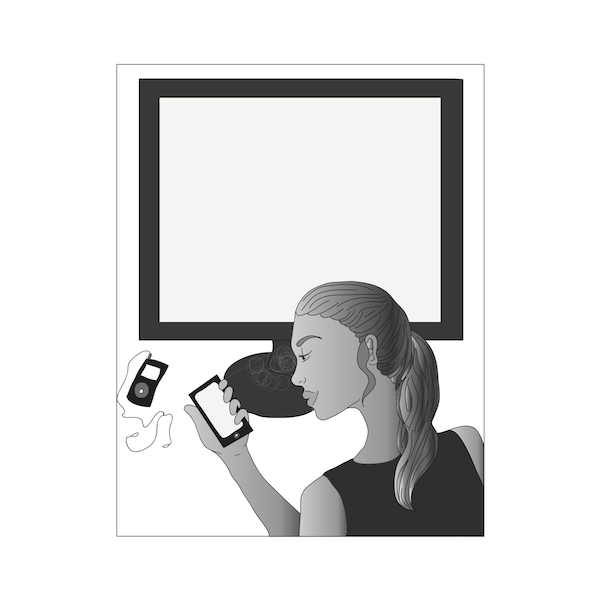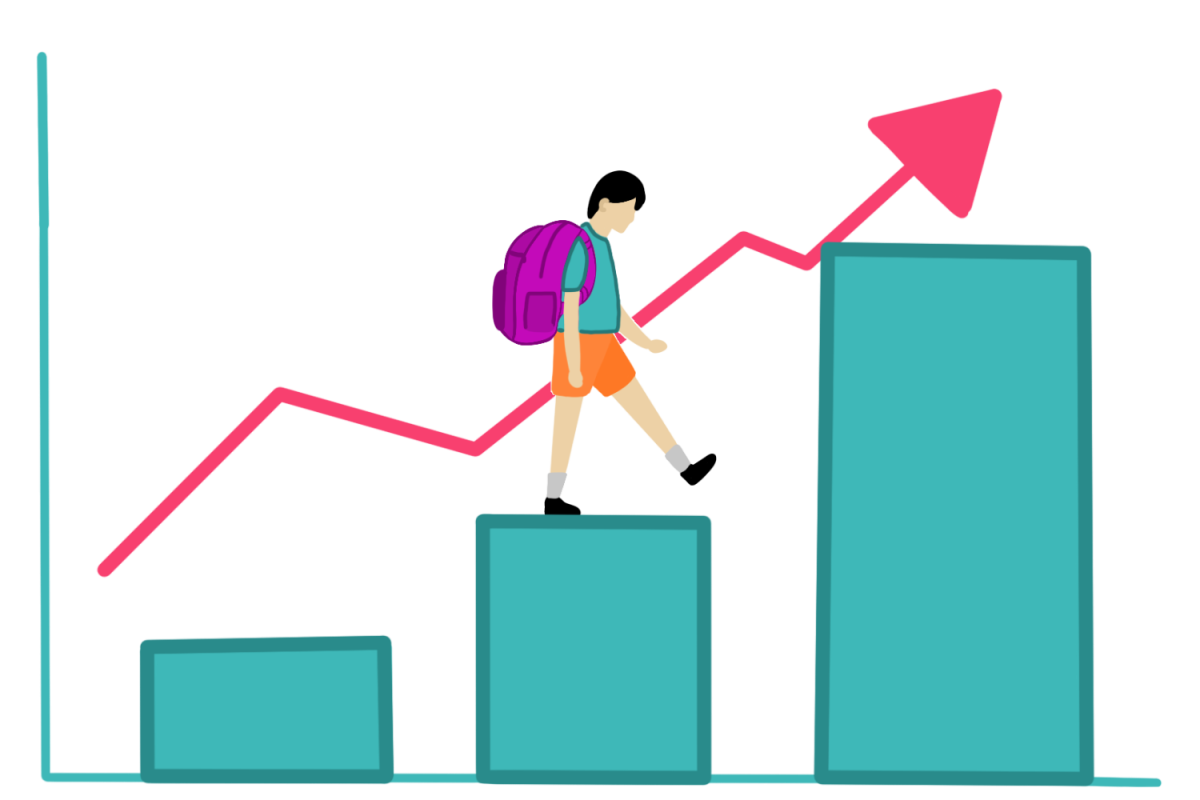People spend hours each day with their eyes glued to screens. As a result of this constant screen attention, eye damage can occur and sleeping patterns can be affected. According to the American Optometric Association, sleeping problems and eye strain affect more than 70 percent of the 143 million Americans who look at screens every day.
What are the effects of too much screentime?
Rita Dunsworth, administrative assistant at Des Peres Eye Center and Camille Woodard, registered nurse at St. Louis Pediatric Associates, agree that prolonged exposure to a bright screen can cause temporary eye damage and can effect one’s sleeping patterns.
According to Dunsworth and Woodard, when the eyes look at something from a certain distance for an extended amount of time, they begin to hurt. Eyes react differently to images and lights on a screen than they do to paper, which makes it more difficult for the eye to maintain focus. The lack of focus stretches the eye muscle and creates fatigue and strain.
“Americans in general are so intent with the things they do, they forget to blink to clear up their vision and bring moisture to their eyes,” Dunsworth said.
Before going to bed, the lack of the body’s physical movement and the screen’s changes in color, blinking lights, and the continuous movement of the images can cause over-stimulation of the brain. This causes restlessness and increases the heart rate to keep people from sleeping, Woodard said.
How can damage be prevented?
Examinations by an ophthalmologist will help determine whether the discomfort from looking at a screen is a simple eye strain or an unsuspected disease. Eye disease can occur at any age and many do not show symptoms until the disease has already done damage; therefore, it is important to attend yearly medical examinations and to be careful how much time is spent in front of a screen, according to the American Academy of Ophthalmology.
What do the students think?
According to the Kaiser Family Foundation, a non-profit foundation focusing on major health care issues, teens spend an average of about 7 hours and 38 minutes using cell phones, computers, televisions and video games each day, averaging more than 53 hours per week. In a recent student survey, 37 percent (75/201) said they look at screens from 10 to 20 hours each week while 11 (23/201) percent look at them for 30 or more hours.
“I feel like we spend a ton of time on screens because a lot of the things that we do at school are done on computers, even the announcements,” Andie Barnett, sophomore, said. “People use phones and listen to their iPods all the time.”
Other students, like Laura Weis, senior, and Rachel Bisch, junior, think these devices are huge distractions to their learning. Although they admit they use their computers and cell phones often, they feel they cannot complete their work to its full potential.
“[Using my computer and phone] slows me down so much. I could get my homework done so much faster if I didn’t have these distractions, like having my phone next to me, being tempted to go on Facebook or Twitter or listening to my iPod,” Weis said. “Even if I’m not actively using them, just thinking about them, my mind is elsewhere and not focused completely on my homework.”
Symptoms:
-headaches or
migraines
-loss of focus
-buring, tired, twitchy or blurry eyes
-double
vision
-back, neck or shoulder pain










